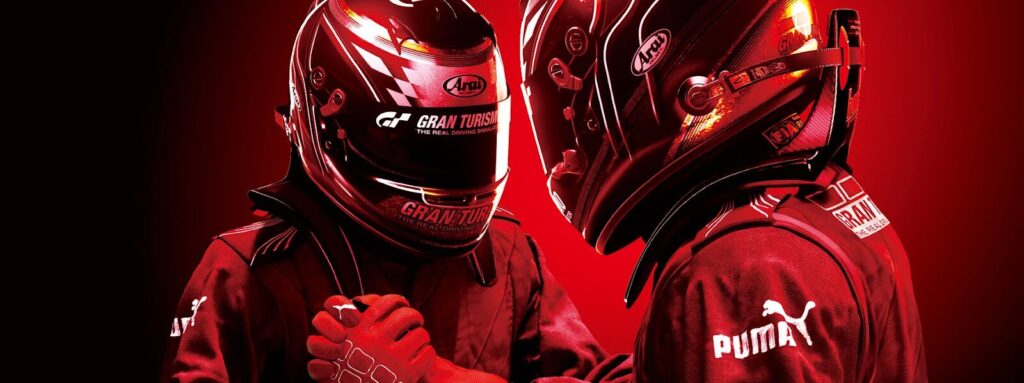
For decades, Formula 1 fans have argued about who the greatest driver of all time really is. Was it Ayrton Senna, whose fearless driving redefined racing in the late 80s and early 90s? Or Max Verstappen, whose historical record-breaking has made him a modern icon?
Comparing legends from the past with today’s stars is more than just a bar conversation, it is a window into how the entire sport has evolved.
If you want to know about the historical record of Verstappen, you can click here and read the article.
The late 1980s and 1990s are often called F1’s golden era. Drivers like Ayrton Senna, Alain Prost, Nigel Mansell, and Michael Schumacher became household names. Cars were fast, loud, and notoriously dangerous. Safety standards were lower, meaning every race was not just about winning, but surviving.
Senna’s 1993 European Grand Prix drive at Donington remains one of the most celebrated performances in racing history. Schumacher, meanwhile, revolutionized fitness and professionalism in F1, turning himself into a machine-like competitor who dominated the early 2000s.
This era was defined by raw talent, emotional rivalries, and spectacular, high-risk overtakes. Fans remember it as a time when drivers were gladiators and the sport was wild and unpredictable.
If you are interested in legendary rivalries, click on this article.
Today’s F1 drivers face a very different world. Lewis Hamilton, Max Verstappen, and Charles Leclerc are not just racers, they are athletes with access to simulators, advanced data analytics, and hybrid cars capable of remarkable efficiency.
Modern cars are heavier, feature the Halo cockpit protection system, and are loaded with sensors that monitor everything from tire temperatures to fuel consumption in real time. Race engineers communicate constantly with drivers, offering real-time advice on strategy, energy recovery, and tire management.
Physical preparation has also reached new levels. Drivers now undergo strict training routines to cope with extreme G-forces, maintain concentration over long races, and optimize reaction times.
Read more of the revolution of technology in F1 in this article.
One of the biggest differences between eras is the style of driving. Legends like Senna and Gilles Villeneuve were celebrated for their aggressive, risk-taking approach. They drove cars that were unpredictable and on the edge of control, often making races thrillingly chaotic.
Modern drivers must focus on precision and efficiency. Managing tire wear, fuel usage, and energy recovery systems is just as important as overtaking on track. While overtakes may be more calculated, the level of skill required to maintain consistency under these conditions is still extraordinary.
F1 has always had periods of dominance, but the nature of competition has shifted. In the past, rivalries like Prost vs. Senna, or Schumacher vs. Hakkinen, kept fans glued to their screens. Cars were closer in performance, and reliability issues could shake up the championship. If you want to read more about legendary rivalries, click here.
Today, entire teams dominate for years: Mercedes’ hybrid era streak from 2014 to 2020 and Red Bull’s current supremacy are prime examples. Strategy and pit stop execution often decide races more than outright wheel-to-wheel battles.
While some fans miss the unpredictability of the past, others appreciate the incredible engineering consistency of modern teams.
For many fans, the past feels more romantic. Loud V10 engines, minimal driver aids, and raw competition created an atmosphere that is hard to replicate today.
However, modern F1 offers something past eras could not: global accessibility. Fans can follow telemetry data in real time, watch onboard cameras live, and engage with drivers through social media. The experience is more interactive, and younger audiences are being drawn into the sport like never before.
So, who is the greatest of all time? The truth is that comparing Senna to Hamilton or Schumacher to Verstappen is like comparing different sports. Each era had its unique challenges, whether it was the danger and unpredictability of the past or the technical precision of today.
What’s certain is that F1 continues to evolve, combining cutting-edge technology with timeless human ambition. The sport may look different now, but its heart remains the same: speed, rivalry, and the pursuit of perfection.
Who do you think is the true GOAT of Formula 1?
Image from: Gran Turismo Sport Spec II in uscita oggi – Il Blog Italiano di PlayStation


© 2024 RACEK Design. All Rights Reserved.
Discount Applied Successfully!
Your savings have been added to the cart.